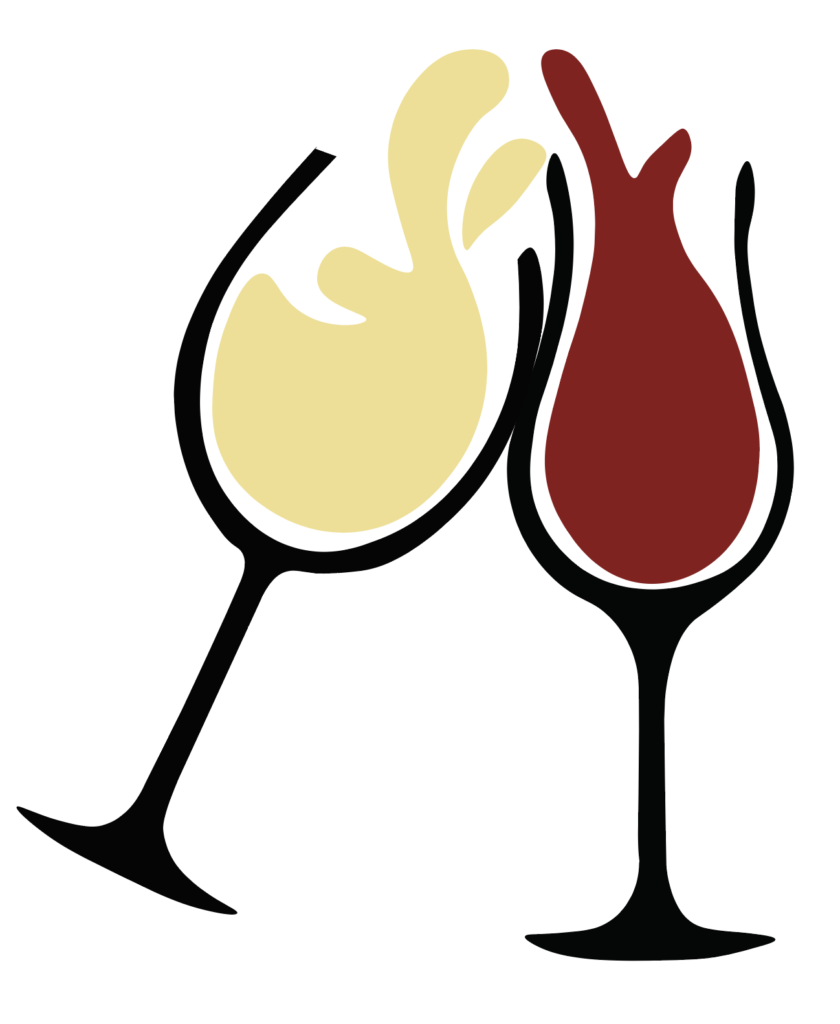
Wine is often seen as a drink for the members of high society. You’ve no doubt heard of the overwhelming number of “rules” surrounding the subject. Perhaps you’re interested in joining the wine community but don’t know where to begin. I admit that it can be intimidating at first, but wine doesn’t need to be difficult. So ignore the wine snobs and find your way into the world of wine with this simple introduction.
The basics
Simply put, wine is a drink made from fermented fruit, typically grapes. There are over a thousand varietals of wine grapes grown throughout the world. Type and flavor of wine depends on both the grape used and the process used.
The most common wine categories are red, white and rosé. Inside each of these categories there are a number of wines including single varietals and blends. Single varietals are made with one type of grape and are often named for that grape. An example is Cabernet Sauvignon. Blends use a variety of grapes in the process.
There are also fruit wines which are made through a similar process but without grapes as the primary ingredient.
Developing your tastes
The flavors in wine can be described through acidity, sweetness, alcohol, tannin, and aroma compounds, but a simpler method of explanation is sweet to dry. A dry wine consists of a high distribution of tannins. This will give your mouth an almost “dry” feeling. It is similar to the feeling you might get from a very strong, bitter tea. Dry wines are often an acquired taste so if you are a beginner, you might want to start with a sweet wine. Expanding your wine palette is as simple as continuing to try new wines.
Port: Sweet, fortified red wine often categorized as a dessert wine
Moscato: Sweet white with fruity notes
Riesling: Semi-sweet white with floral notes
Rosé: Semi-sweet red made like a white wine
Merlot: Medium-dry red with smooth tannins and fruity tones
Pinot Grigio: Medium-dry white with light and crisp flavor
Pinot Noir: Dry red with floral and spice aromas
Sauvignon Blanc: Dry white with unique herbaceous flavor
Cabernet Sauvignon: Dry red with fruity and tannic flavor
Wine and food pairings
The simple answer here is to do what you want. If you like the way a food and wine pairs, don’t let a wine snob tell you you’re wrong. If you are interested in using some tried and true pairings as a bit of a guide, check out some favorites.
Port – Chocolate
Moscato – Prosciutto
Riesling – Fruits
Rosé – Brie
Merlot – Pork Chop
Pinot Grigio – Salmon
Pinot Noir – Mushrooms
Sauvignon Blanc – Potatoes
Cabernet Sauvignon – Steak
